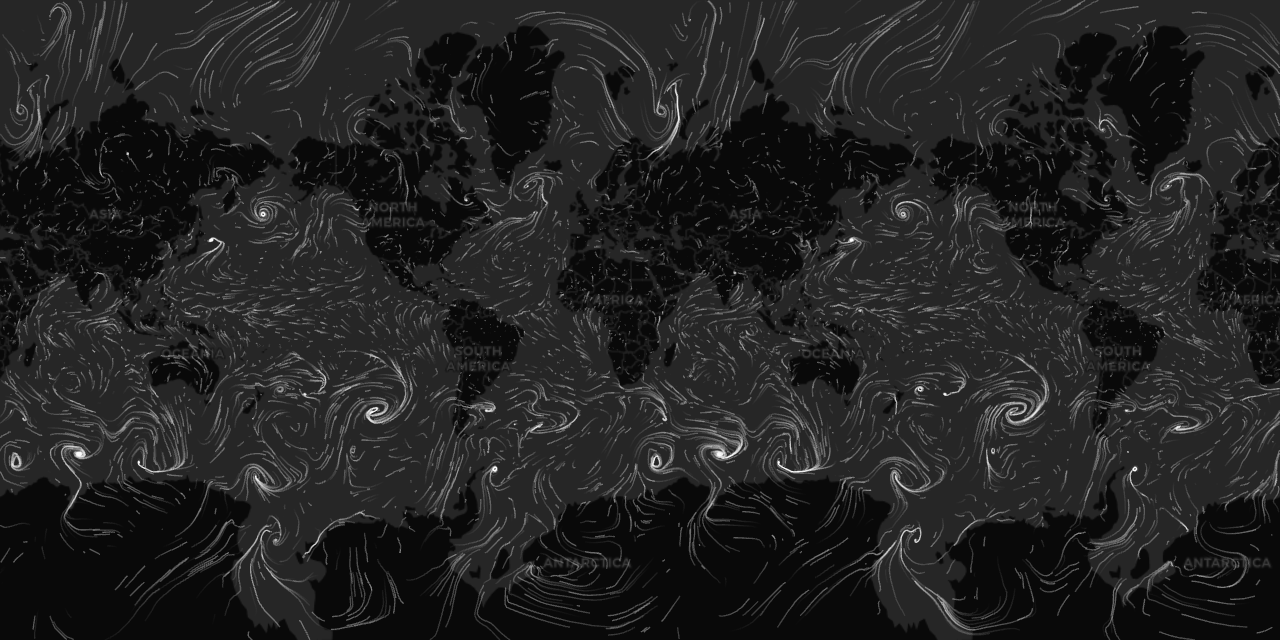deck.gl-particle
Particle simulation layer for deck.gl
Usage
import { Deck } from '@deck.gl/core';
import { ParticleLayer } from 'deck.gl-particle';
const deckgl = new Deck({
layers: [
new ParticleLayer({
id: 'particle',
image: ..., // see deck.gl BitmapLayer image property
imageUnscale: ..., // [number, number]
bounds: ..., // [number, number, number, number]
numParticles: ..., // number
maxAge: ..., // number
speedFactor: ..., // number
color: ..., // [number, number, number]
width: ..., // number
opacity: ..., // number
});
],
});
Requires WebGL 2 (Chrome, Firefox, Edge, Safari 15).
Data
Image contains particle speeds in deck.gl COORDINATE_SYSTEM.LNGLAT, u component encoded into R channel, v component encoded into G channel. See sample image. The image texture can be generated with the following commands, with u.grib and v.grib files as input:
gdalbuildvrt -separate wind_data.vrt u.grib v.grib v.grib
gdal_translate -ot Byte -scale -128 127 0 255 wind_data.vrt wind_data.png
Pass the generated image texture, the original data bounds and the geographic bounds to ParticleLayer:
image: 'wind_data.png',
imageUnscale: [-128, 127],
bounds: [-180, -90, 180, 90],
Inspired by
Weather map visualization layers as a service
There is a commercial library with particle layer improvements and additional layers available with WeatherLayers.com subscription.



